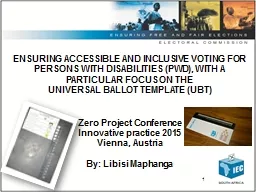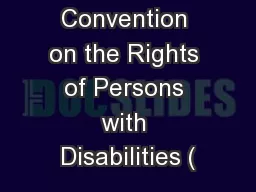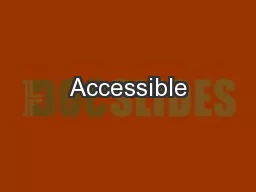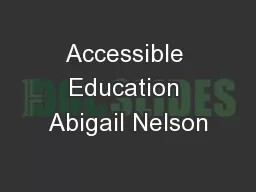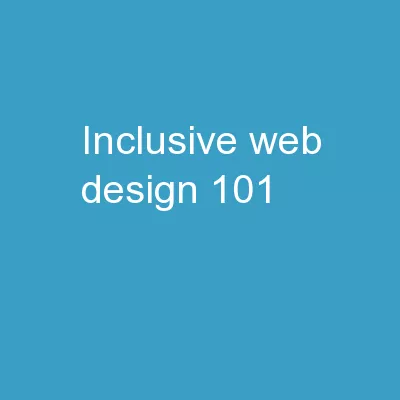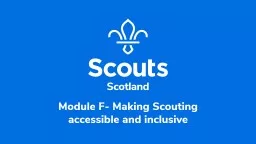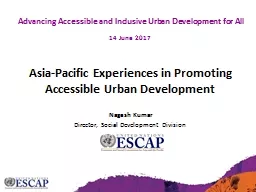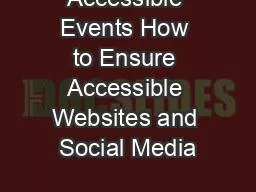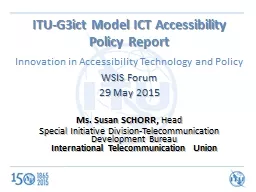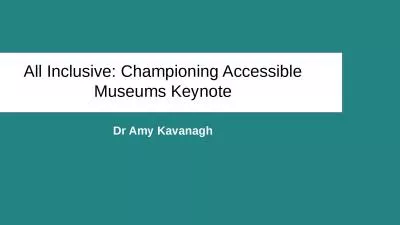PPT-1 ENSURING ACCESSIBLE AND INCLUSIVE VOTING FOR PERSONS WITH
Author : cheryl-pisano | Published Date : 2016-09-13
UNIVERSAL BALLOT TEMPLATE UBT Zero Project Conference Innovative practice 2015 Vienna Austria By Libisi Maphanga Discussion Points Introduction Institutional Background
Presentation Embed Code
Download Presentation
Download Presentation The PPT/PDF document "1 ENSURING ACCESSIBLE AND INCLUSIVE VOTI..." is the property of its rightful owner. Permission is granted to download and print the materials on this website for personal, non-commercial use only, and to display it on your personal computer provided you do not modify the materials and that you retain all copyright notices contained in the materials. By downloading content from our website, you accept the terms of this agreement.
1 ENSURING ACCESSIBLE AND INCLUSIVE VOTING FOR PERSONS WITH: Transcript
Download Rules Of Document
"1 ENSURING ACCESSIBLE AND INCLUSIVE VOTING FOR PERSONS WITH"The content belongs to its owner. You may download and print it for personal use, without modification, and keep all copyright notices. By downloading, you agree to these terms.
Related Documents

